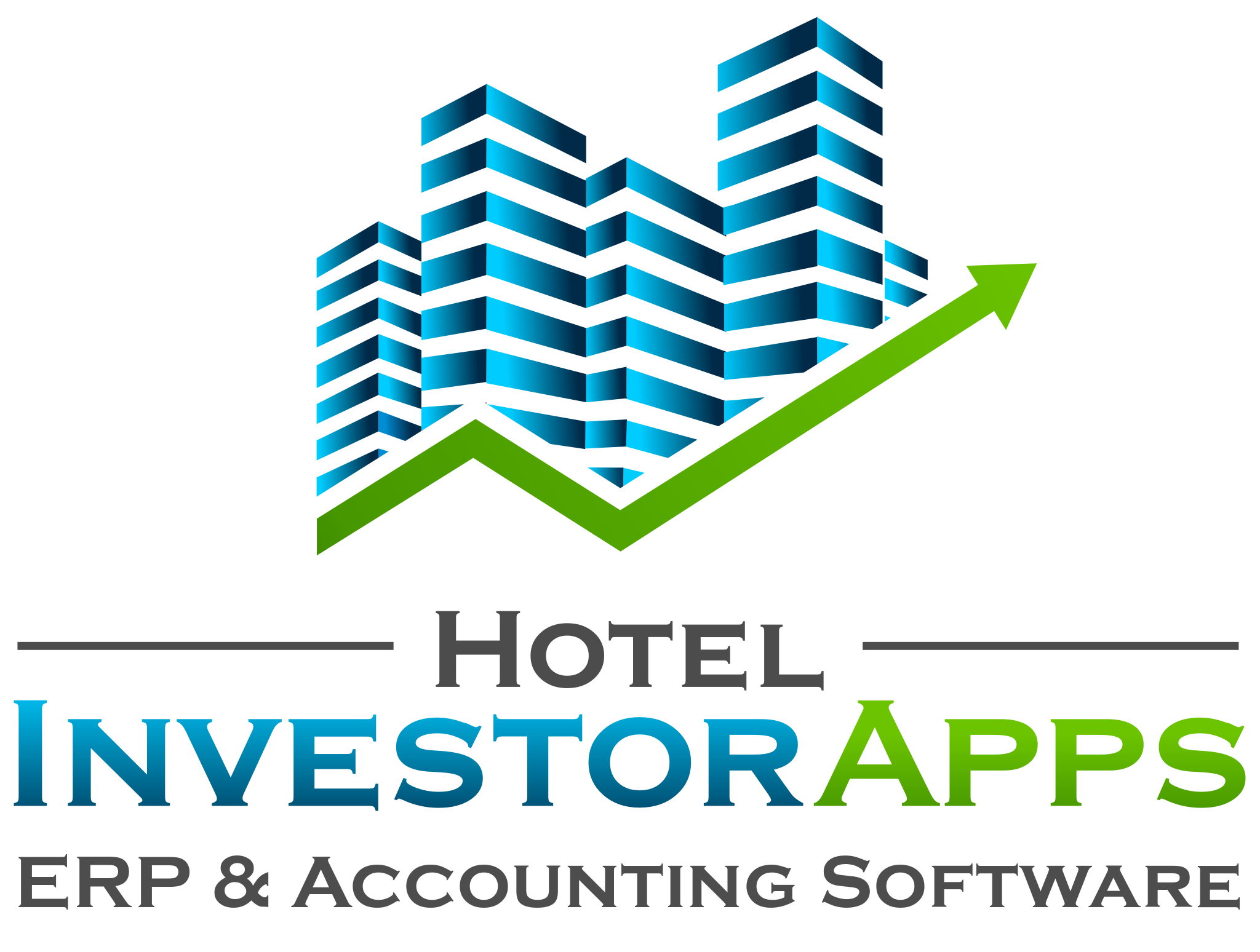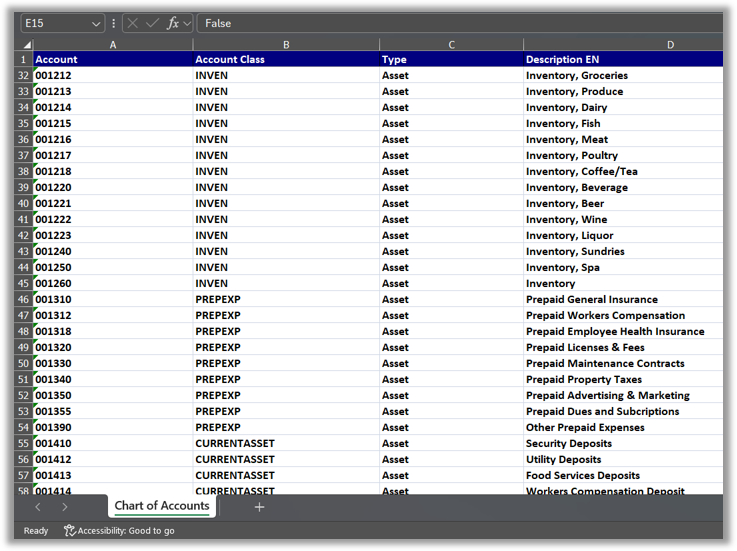As hoteliers work their way through budget season, it’s a time when their attention rests once more on that simple, yet vital, backbone of hotel accounting, the Chart of Accounts.
The Chart of Accounts is a list of financial categories and account codes used by a business to record and categorize its financial transactions. This humble numbering system is the basis on which the whole financial system is built including all tracking, analysis, reporting, budgeting, and forecasting.
When a hotel portfolio has all properties coding expenses to the same chart of accounts, it is much easier to compare property financials, get more accurate reporting, and automate financial processes.
However, when there are different charts of accounts at different properties in a portfolio, that makes these same processes much more difficult.
As management companies grow their portfolios, or simply work towards more accurate and simplified reporting, implementing a Global Chart of Accounts is key. Let’s talk about the common challenges with inconsistent charts for hospitality, the benefits of moving to a global chart, and how to get there.
Challenge: Variances in the Chart of Accounts
The hospitality industry is lucky in that it has guidance for standardized financial reporting and analysis provided by the Uniform System of Accounts for the Lodging Industry (USALI) which includes guidance for a hotel chart of accounts.
However it is not uncommon for hotel teams to be tempted to add new accounts or even new departments to their USALI chart of accounts.
Some hotels might be tempted to get too granular in the coding of expenses – like creating separate codes for pens, paper, and pencils, when they should all be Office Supplies. Other hotels might stay too general – where every expense is a General Expense instead of breaking it down into a further category.
Other hotels might allow too much access for employees to add or remove codes and find that accounts were added or removed without much forethought.
All of these variances can cause problems in both property and portfolio reporting and financial statements.
Solution: A Global Chart of Accounts
The way to solve this issue is to move to a Global Chart of Accounts across your portfolio.
A Global Chart of Accounts is a single, comprehensive, standardized list of financial categories and accounts used by an entire company to record and categorize its financial transactions.
It serves as a unified framework for organizing and tracking financial data, reporting, accounting, and analysis. It ensures consistency and comparability across all entities in the portfolio.
Key features of a global Chart of Accounts (COA) include:
- Standardization: A global COA adheres to a consistent structure, format, and naming convention, thereby reducing errors.
- Global scope: It encompasses all financial accounts used by the organization, including assets, liabilities, equity, revenue, and expenses.
- Unique account numbers: Each account is assigned a unique identifier (account number) for easy reference and data processing.
- Flexibility: A global COA can accommodate the specific needs of individual locations while maintaining overall consistency.
How Hoteliers Benefit
1. Cleans Up the Clutter
Simply put, a global chart of accounts cleans up the clutter in your finances and maintains clarity. If before you had 15 General Ledger accounts across the portfolio for office supplies, now you just have one.
2. Enables Benchmarking
It also enables you to compare like expenses across the portfolio for benchmarking. For example, if you have two hotels of the same brand in different cities and one is doing well and the other isn’t, you might want to compare expenses. If the expenses have the same codes in each property, then it makes the reporting and analysis much easier.
3. Simplifies Cross-training
If employees move from one property to another, they don’t need to learn new accounting codes, so that helps with cross training.
4. Improves Analysis
A consistent global chart of accounts means better tracking, analysis, and reporting for better business decisions.
5. Enables Automations
A global COA enables the automation of financial processes, such as journal entries and financial statement preparation, and facilitates the integration of financial data from various sources. (Read more about automations to get you to a faster close.)
Hint: Select a Software that Supports a Global Chart of Accounts
In moving to a global chart of accounts, you can either build your own or select an accounting software or ERP that offers one. However, due to the exigencies of building your own, we highly suggest going with a software that already has this structure in place.
This is actually one of the most important things to look for when upgrading to a new hotel accounting software.
Not all accounting software or ERP’s offer one, so you will want to select an accounting system that includes its own global chart of accounts for hospitality and has the technical structure to uphold it.
For example, some accounting software or ERP’s are not built for multi-property portfolio structures, and therefore are much less likely to offer a global COA.
Other important software requirements to look for include:
- Onboarding support to help you map your local chart of accounts into the new global COA.
- The software should be configured so that when one change is made, it appears everywhere at once.
- User restrictions so that only the designated system admin can modify the global COA, thereby maintaining its integrity.
Summary
While at its core a hotel chart of accounts is a straightforward numbering and naming sequence, it is actually the financial backbone of your entire organization. It is vital to ensure that that backbone is supporting your portfolio financial reporting like it should.
Ready to upgrade your hotel accounting software? Request a demo today.

Director of Marketing at HIA
Elisa Fritsch, Director of Marketing at Hotel Investor Apps (HIA), contributes 15+ years of sales and marketing experience from a wide range of corporate to start-up environments. At HIA, Elisa focuses on marketing strategy, content, and leveraging her hospitality industry knowledge to drive growth.











